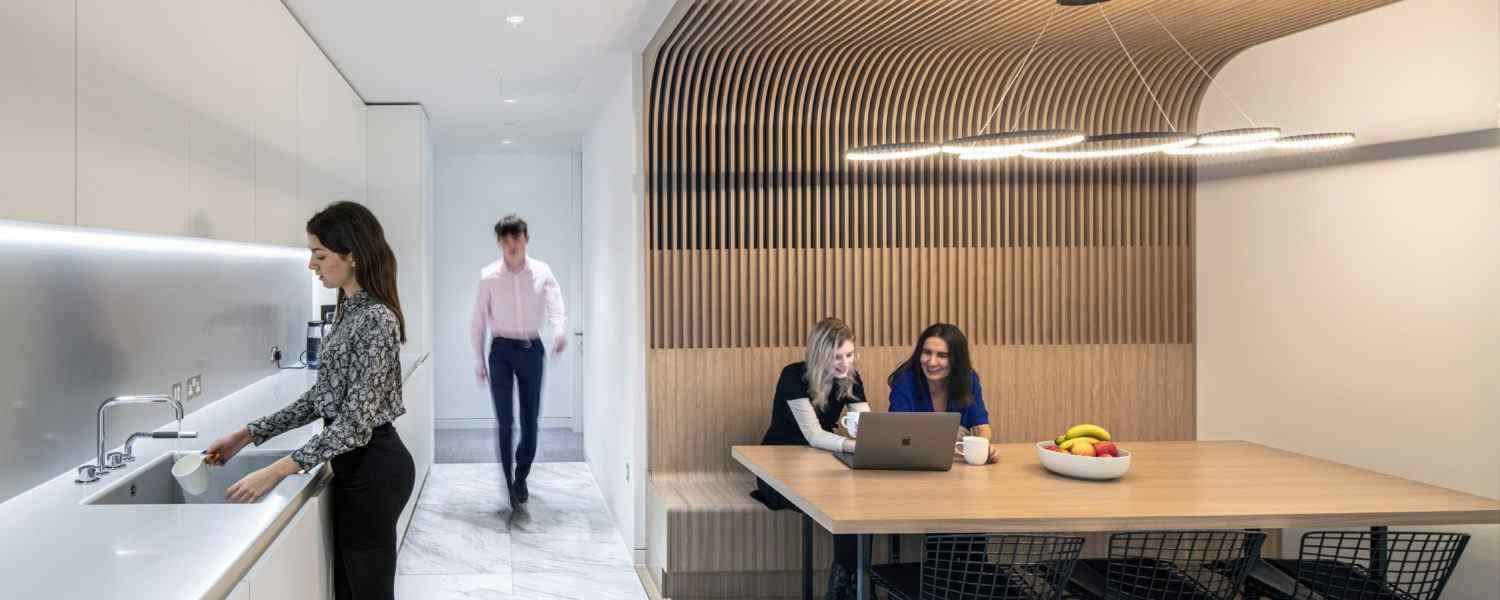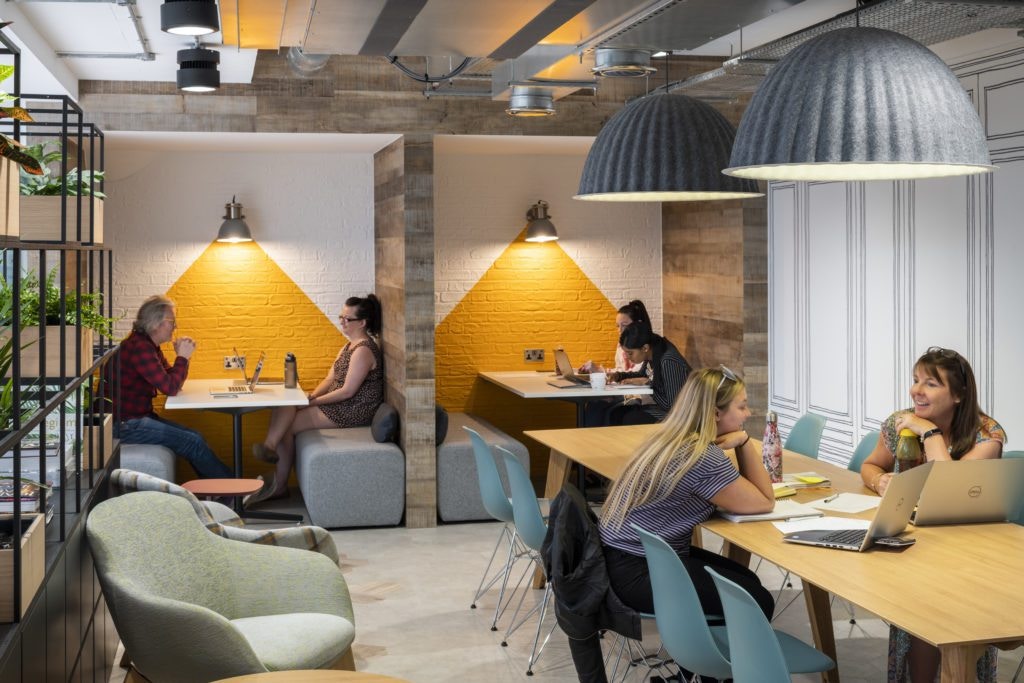There have been numerous articles on the impact that Covid-19 is having on the traditional office environment and the longer-term effects. Many reputable publications have claimed that ‘the office is dead’ and that remote working is the future. In his article, we’ll discuss our views and how we feel the office could evolve longer term.
The office is dead?
How we work has been constantly evolving over recent years as technology enables us to be productive from anywhere with a good Wi-Fi connection. But does that render the traditional office obsolete?
We don’t think so, but it’s important to add that we do feel aspects of more traditional office design may evolve and change at a faster pace because of Covid-19. We’ve discussed that in another article ‘Has Covid-19 accelerated the Evolution of the Workplace?’, but here, let’s take a look at some of the primary functions of the workplace or office, and how as office design professionals, we can create spaces to reflect our new reality.
- A physical space to work productively as an individual or part of a team
- A physical space to interact and socialize with colleagues
- A physical space where new employees or graduates can be mentored and learn from experienced staff
The Productive Office
Now, we are not for a moment suggesting that people cannot be productive while working from home, but our view is that facilitating a blended home + office working flexibility would enhance productivity. Essentially, this offers the best of both worlds and allows staff the option to work from home when best suited i.e. for concentrated work at an individual level, and to work from the office where collaboration with team members is required – we’re firm believers that people are at their most creative when together, zoom calls can be great but nothing quite matches ‘being there together.
Creating an office space where staff can effectively touchdown for brainstorm sessions, workshops, team meetings or training and then providing space where they can work effectively at a workspace before, after or in-between sessions is not a new challenge. However, we feel that how this is achieved has now altered and that by adopting a hub-like mentality to the workplace, we can design spaces that are heavily weighted towards collaboration and meeting spaces of all sizes (we’re thinking long term here and hopefully without the need for extreme social distancing).


